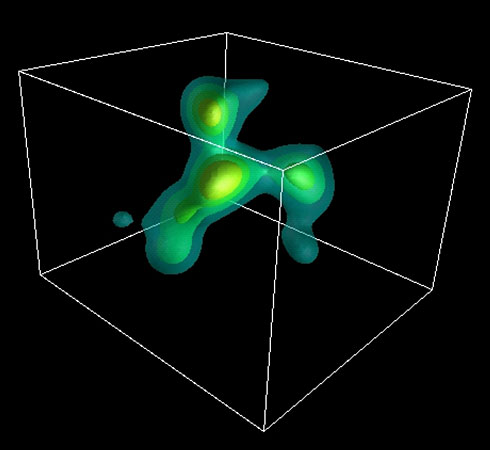Schwarz
View current page
...more recent posts
In the same way that skateboard style has influenced clothing and graphics, the new parks have begun to grab the attention of designers in other fields. Architect David Rockwell, designer of the Nobu restaurants in Manhattan and the set of the musical Hairspray, says skate parks, with their use of "the continuous ramp that leads you through a series of adventures," were an inspiration for a new playground he's working on. Joe Ragsdale, who teaches landscape architecture at California Polytechnic in San Luis Obispo, says that every year his students come up with different ways to provide ideal flight paths for intrepid skaters. "Skate parks have come of age," he says.
Skateboarding has been around since the late 1950s, when California surfers began attaching wheels to short boards so that they could retrieve on dry land just a bit of the feeling they got from a wave. In no time it had evolved into an acrobatic art form that derived, like ballet, from the eternal human impulse to part the air with style. Skate parks, which first appeared in the 1970s, started out as places meant to draw skaters away from the respectable concrete of downtown. But those early parks tended to be melancholy stretches of concrete with a few bowls and half pipes--that's a semicircular ramp--thrown in. The merest parking lot was more fun. Over the next decade many of the parks closed, victims of underuse and high insurance costs.
Construction began in 1971, six years after Le Corbusierís death, with private funds from the Le Corbusier Foundation (raised in part by the sale of some of his art collection). But the contractor went broke, and construction stopped with only half the building completed. For years it stood abandoned, its concrete base evoking a disused military bunker.
An enormous amoeba-like structure 200 million light-years wide and made up of galaxies and large bubbles of gas is the largest known object in the universe, scientists say.
The galaxies and gas bubbles, called Lyman alpha blobs, are aligned along three curvy filaments that formed about 2 billion years after the universe exploded into existence after the theoretical Big Bang. The filaments were recently seen using the Subaru and Keck telescopes on Mauna Kea.

